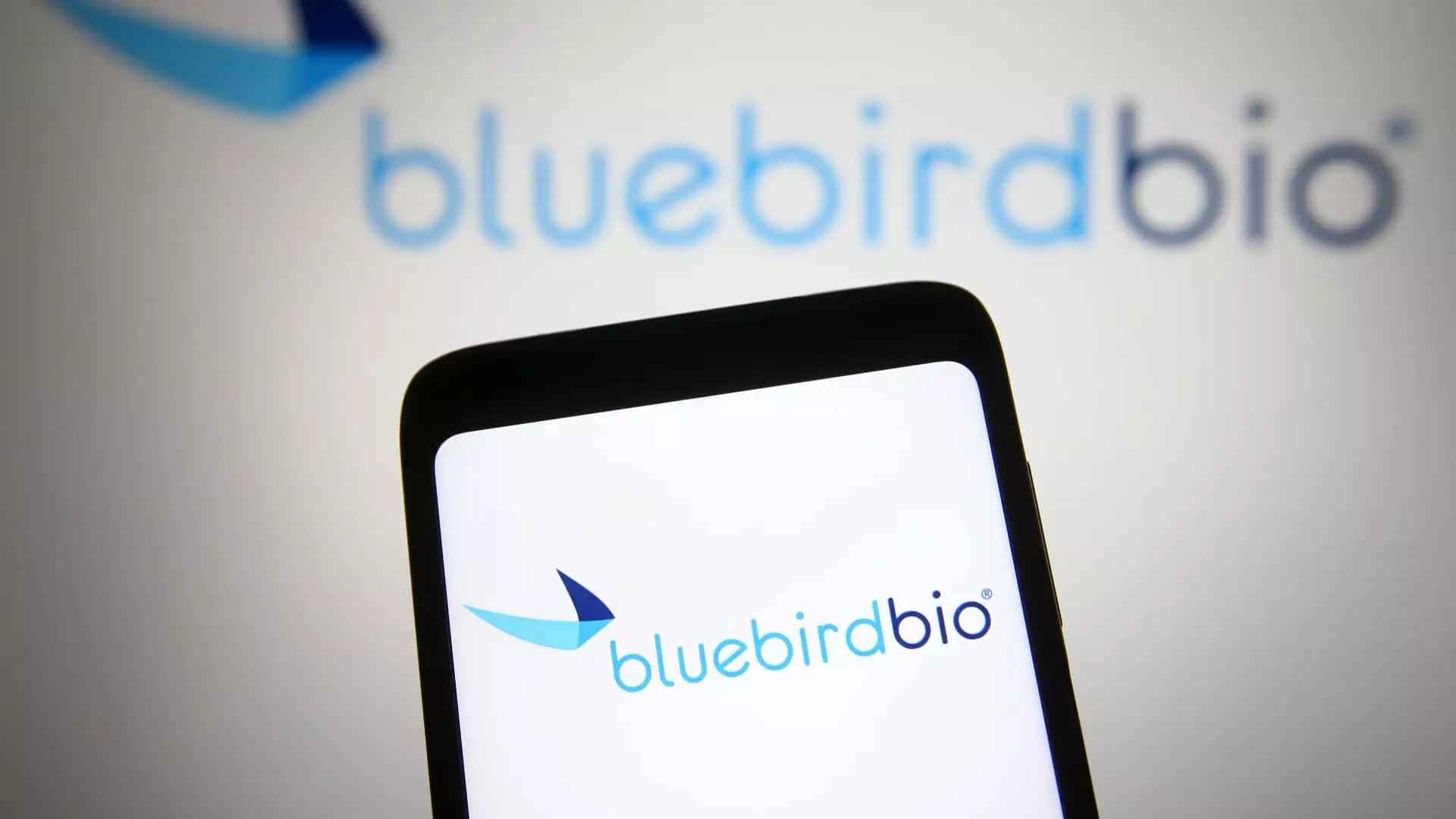Bluebird Bio, once a titan in the biotechnology sector, has recently made headlines with its decision to sell itself to private equity firms Carlyle and SK Capital for a mere $30 million. This watershed moment marks not just a transaction, but the culmination of a narrative that spans over three decades—an odyssey from being one of the most promising biotech firms to teetering on the brink of financial collapse. Just a few years ago, Bluebird’s market capitalization soared to nearly $9 billion as investors believed in the transformative potential of its innovative gene therapies. The recent sale of the company serves as a stark reminder of how quickly fortunes can shift in the volatile world of biotechnology.
The valuation at which Bluebird is departing the public stage—at $3 per share—is indicative of the company’s recently troubled trajectory. This alarming drop from a closing price of $7.04 just before the announcement underscores the deep disillusionment among shareholders. In addition to the initial payout, there’s a contingent potential for further earnings pegged to sales targets that range upwards of $600 million by 2027—a goal that feels tantalizingly out of reach given the company’s operational state.
Scientific Setbacks and Market Realities
Bluebird’s decline can be traced back to a series of scientific and commercial missteps that began earnestly in 2018. A pivotal moment came when a patient treated with Bluebird’s gene therapy for sickle-cell disease developed cancer, raising essential concerns about the safety of its innovative DNA-altering treatments. Even though Bluebird argued that the treatment did not cause the cancer, this incident marked a turning point, ushering in a cloud of skepticism and raising questions among both regulators and the public about the broader implications of gene therapies.
The company’s challenges were further compounded by significant backlash from European payers, particularly regarding its pricing strategy for its blood disorder treatment Zynteglo, which was tagged at a staggering $1.8 million per patient. This exorbitant cost ultimately led to the withdrawal of the therapy from the European market just two years following its much-heralded approval. Instead, Bluebird redirected its energy towards the U.S. market, positioning itself to seek approvals for not only Zynteglo but also for other therapies such as Lyfgenia for sickle cell disease and Skysona for cerebral adrenoleukodystrophy—a rare brain condition.
Despite achieving approvals for these treatments, the company was ensnared in a web of financial difficulties, characterized by prolonged annual losses that ran into the hundreds of millions. Splitting its cancer treatment endeavors into 2Seventy Bio further sapped Bluebird’s revenue streams, leading to an even darker fiscal outlook. By late 2022, it was clear that Bluebird was facing a critical cash crunch, with survival becoming a question of which strategy would ultimately prolong its existence.
The Broader Implications for Biotechnology
Bluebird’s struggles resonate beyond its own walls and echo a cautionary tale for the entire biotech industry. As the feverish enthusiasm for gene therapy and one-time genetic treatments grows, serious questions loom regarding their commercial viability. The biotechnology landscape is littered with other firms grappling with similar issues; Vertex’s gene therapy for sickle cell disease and Pfizer’s short-lived hemophilia treatment both serve as evidence that the market is rife with challenges that extend well beyond scientific innovation.
Patients’ stories of hope—like that of a young girl who became the first recipient of Zynteglo in the U.S.—serve as poignant reminders of the life-changing potential of these treatments. However, despite the transformative experiences reported by some patients, the overall financial realities and market demands appear to be at stark odds with the initial promise of these groundbreaking therapies.
Bluebird Bio’s narrative embodies the delicate balance that exists in the biotech sector between ambition and reality. While treatments may illuminate the path to hope for many, the market’s demands pose challenges that could dictate the enduring success or failure of such therapeutic innovations. The company’s ultimate fate is a reflective case for industry stakeholders, emphasizing the need for sustainably managing both innovation and commercial strategy in a landscape where fortunes can change in the blink of an eye.

